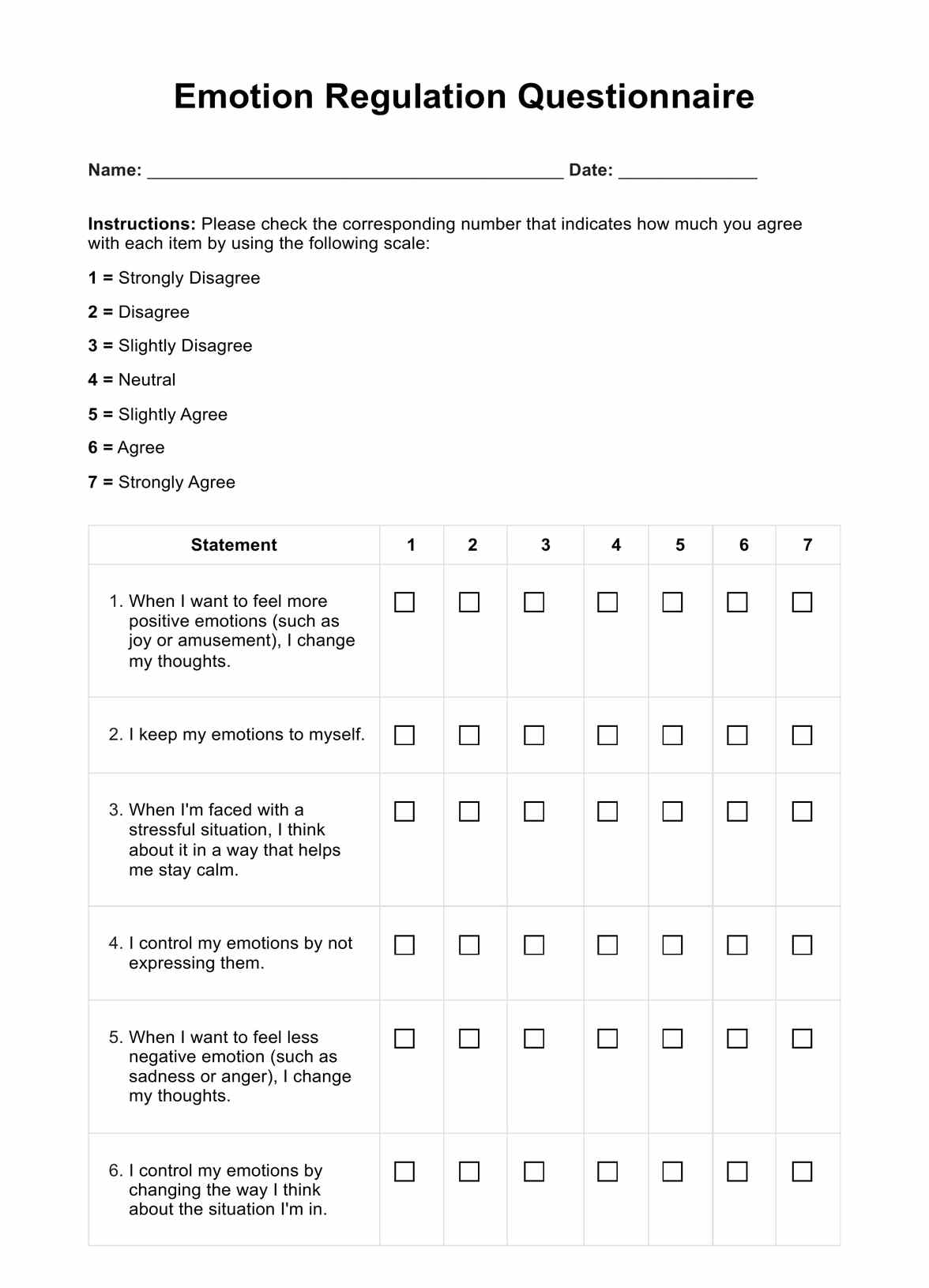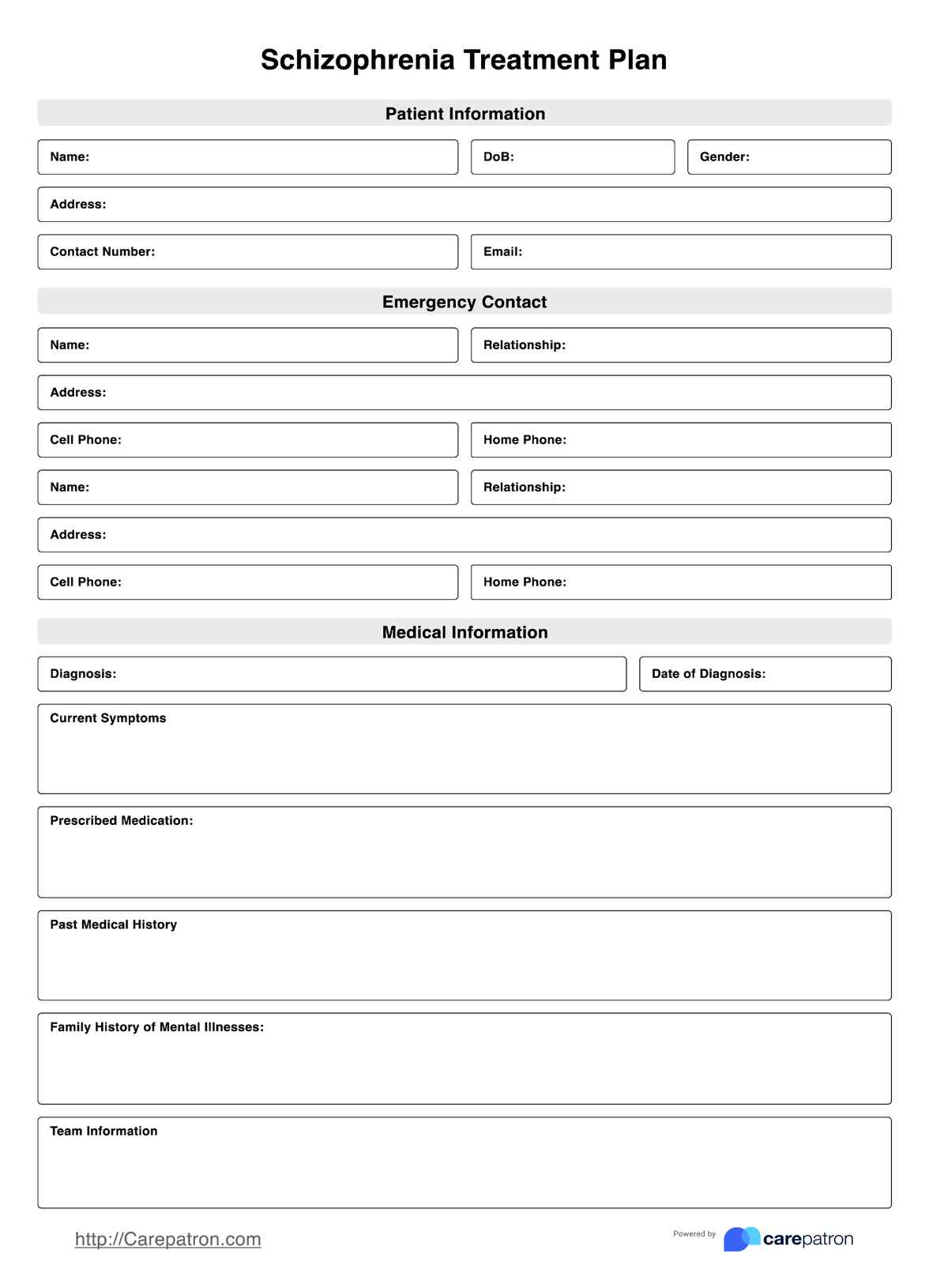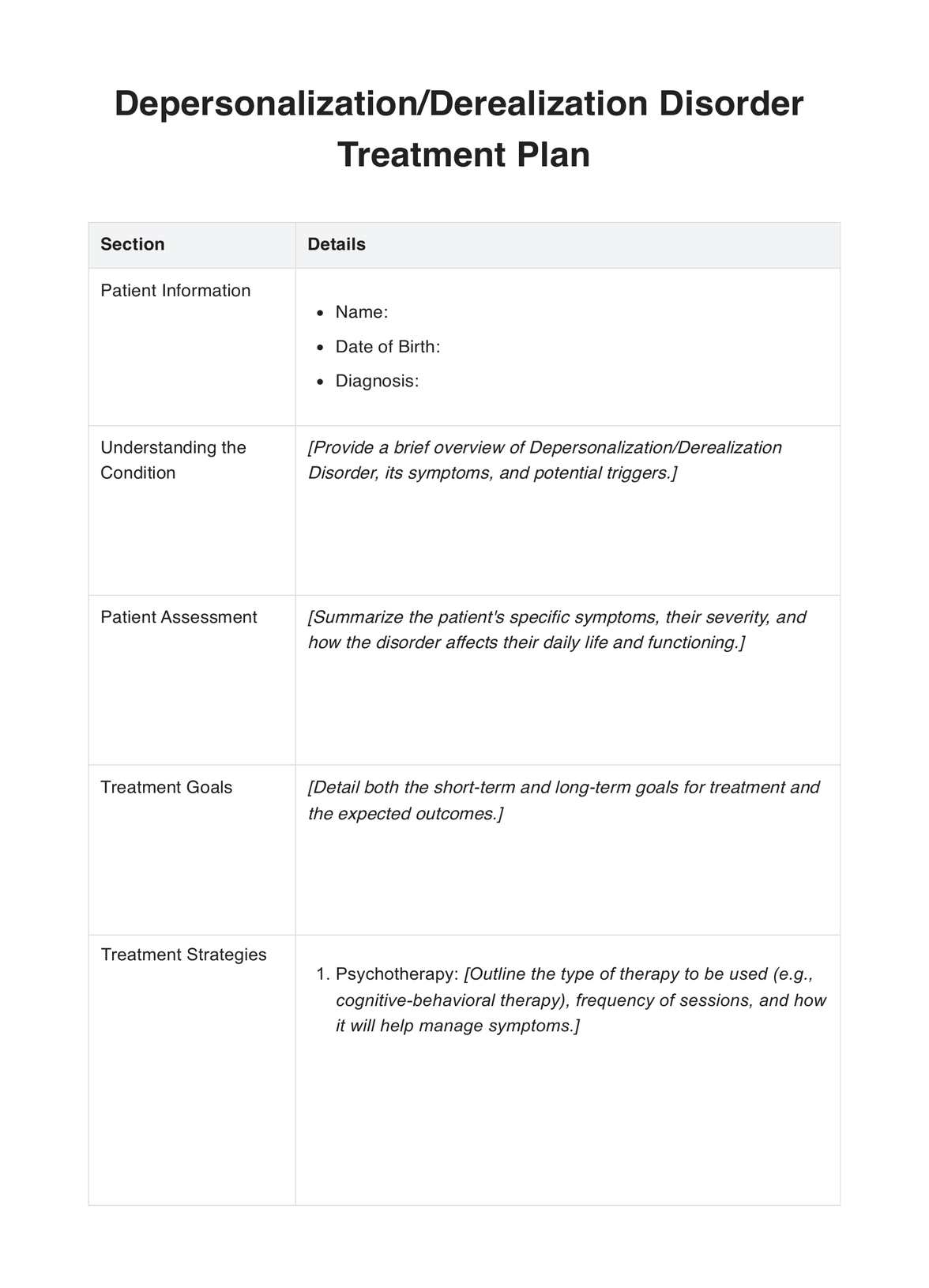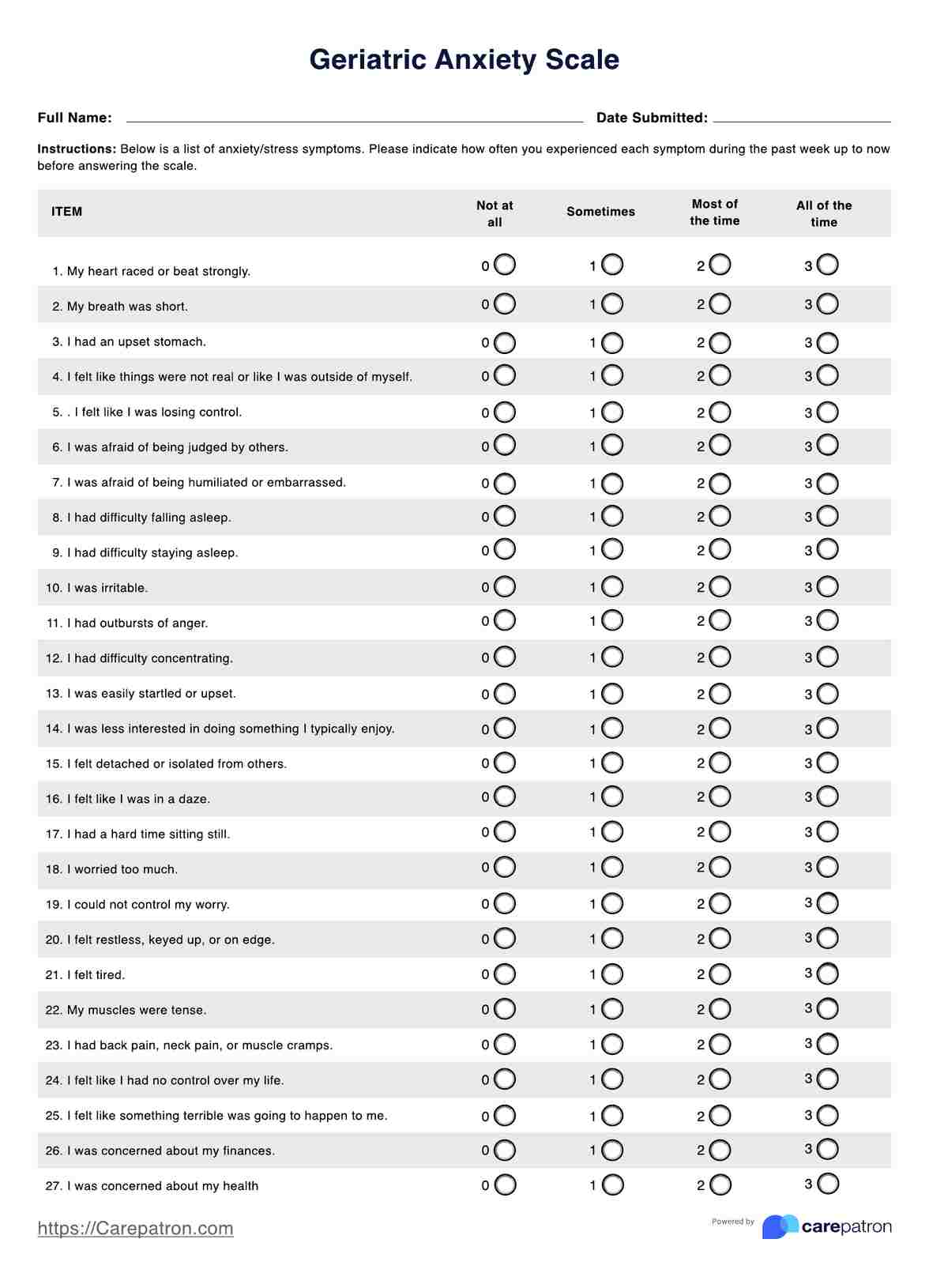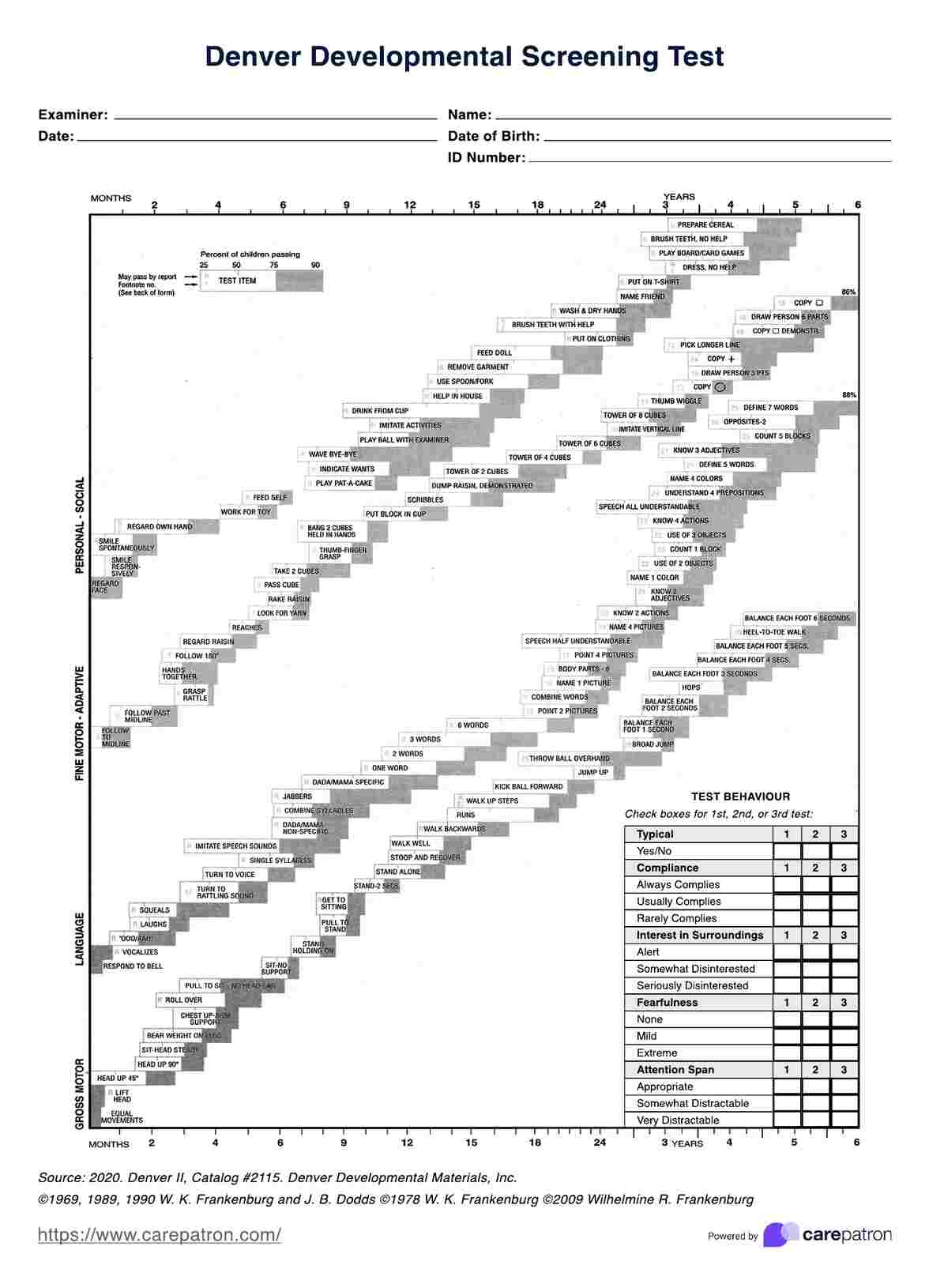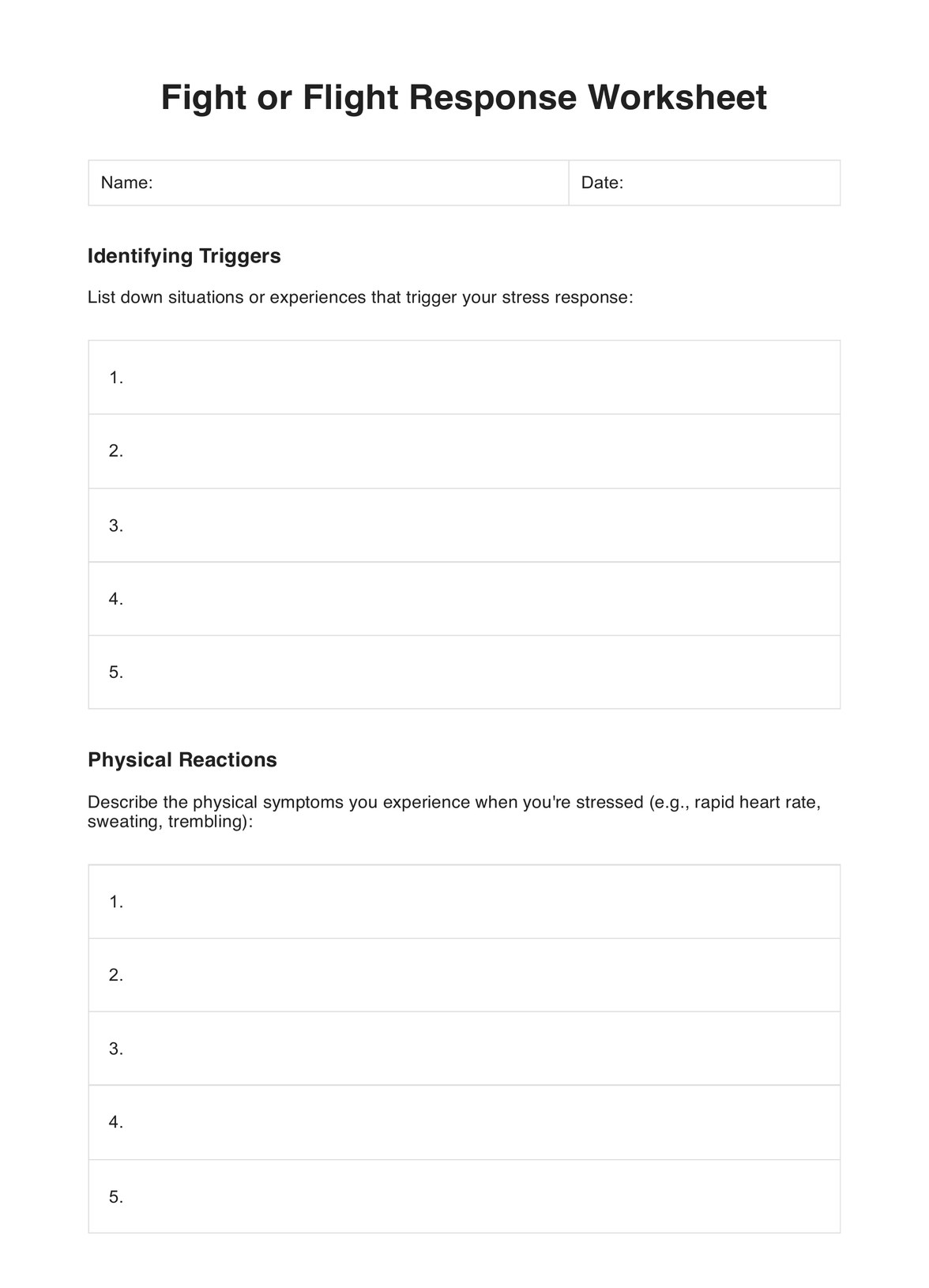WDEP Worksheet
Discover the power of goal-setting and self-reflection with our WDEP Worksheet. Clarify wants, evaluate actions, and plan for success. Download now!


What is a WDEP Worksheet?
A WDEP (Wants, Doing, Evaluation, Plan) Worksheet is used by other mental health professionals and health professionals to help them, particularly those practicing reality therapy. This simple worksheet also assists therapists in structuring sessions and guiding clients through self-exploration and goal-setting.
In reality therapy, the WDEP model is utilized to help clients identify their wants, assess their current actions, evaluate and determine the effectiveness of those actions, and develop a plan for achieving their desired outcomes.
The reality therapy WDEP worksheet is typically available in digital formats, such as a fillable form or PDFs, to accommodate therapists and clients who prefer working on digital devices like computers. These worksheets are often editable and customizable, allowing mental health professionals to help personalize them according to the needs of their clients.
WDEP Worksheet Template
WDEP Worksheet Example
How do you fill out a WDEP Worksheet?
The WDEP worksheet is a valuable tool used in Reality Therapy to help you and your therapist identify your goals, evaluate your progress, and develop a plan for achieving positive change. Here's a step-by-step guide to filling it out effectively:
Step 1: Identify your wants (W)
Start by reflecting on your main desires or goals in therapy. What specific outcomes do you hope to achieve? Be specific and clear when listing these wants in the designated section of the worksheet. Aim for 2-3 clear and concise wants to focus on during your therapy session.
Step 2: Describe current actions (D)
Now, consider the actions you're currently taking to work towards your wants. This might include attending therapy sessions, practicing relaxation techniques, or communicating your feelings more assertively. Be honest and reflective about your current efforts as described in the worksheet.
Step 3: Evaluate effectiveness (E)
Analyze how effective your current actions are in achieving your wants. Rate each action you listed in Step 2 on a scale of 1 to 10, with 1 being ineffective and 10 being highly effective. Be honest with yourself during this evaluation. Are your actions truly moving you closer to your goals?
Step 4: Develop a plan (P)
Based on your evaluation in Step 3, identify adjustments or changes needed for your actions to better align with your wants. This is where you create a plan for moving forward. Develop a concrete plan with actionable steps to implement outside therapy sessions.
Step 5: Additional notes
Use the extra space on the worksheet to capture any thoughts, insights, or observations during your session. This could include specific progress you've made towards your goals, challenges encountered, or ideas for future therapy sessions.
Step 6: Set goals for the next session
To maintain continuity and direction in your therapy, outline specific goals you want to focus on during your next session. These goals might build on your current treatment plan or address new obstacles that have come up.
Step 7: Signatures (optional)
If you use the WDEP worksheet in a therapeutic setting, you and your therapist may be required to sign the document. This acknowledges your participation and agreement with the client and outlined goals and plans.
Make use of this relaxation techniques template to enrich your practice and client satisfaction.
When to use a WDEP Worksheet?
The WDEP worksheet's versatility makes it a valuable tool across various situations. Here are five prime examples:
- Therapy and counseling: Therapists use WDEP worksheets to help clients define goals, evaluate behaviors, and create a personalized plan for positive change.
- Personal growth: Whether you're aiming for better self-care, career advancement, or overcoming challenges, the WDEP worksheet guides you in setting goals, tracking progress, and identifying areas for improvement.
- Stress management: Feeling overwhelmed? Use the WDEP worksheet to identify stress triggers, assess coping mechanisms, and develop a plan for effective stress management.
- Relationship issues: The WDEP worksheet helps couples and individuals clarify wants and needs, evaluate communication patterns, and develop strategies for a healthier relationship dynamic.
- Behavioral change: Looking to break bad habits or adopt healthier choices? The WDEP worksheet helps you define your goals, assess current behaviors, and create a plan for lasting change.
The WDEP worksheet is powerful for self-exploration, goal setting, and progress tracking. By incorporating it into various aspects of your life, you can take charge of your journey and achieve lasting positive change.
Benefits of a WDEP Worksheet
The WDEP worksheet isn't just a piece of paper; it's a powerful tool that can unlock significant progress in your therapy journey. Here are three key ways it can benefit you:
Enhanced structure and focus
The WDEP model provides a structured framework for your therapy sessions. This keeps both you and your therapist focused on the most critical aspects of your goals. It facilitates clear identification of essential issues, setting actionable goals, and tracking your progress over time.
Deeper self-exploration and insight
The worksheet guides you through a process of self-reflection by prompting you to consider your wants, current actions, and how effective those actions are in achieving your goals. This introspection leads to valuable insights into yourself, which is crucial for personal growth and development.
Collaborative goal-setting and accountability
The WDEP worksheet fosters a collaborative environment where you and your therapist work together to define your goals and create a plan for achieving them. You can use the worksheet to evaluate your progress and identify areas where adjustments might be necessary. This shared accountability keeps you motivated and committed to reaching your goals.
Commonly asked questions
A WDEP worksheet is a structured tool used in therapy to help individuals clarify their Wants, evaluate what they are Doing, assess the Effectiveness of their actions, and develop a Plan for achieving their goals.
The WDEP model is a therapeutic approach used in reality therapy. It involves identifying Wants, exploring current Doing, evaluating the Effectiveness of actions, and developing a Plan for behavior change.
The WDEP system stands for Wants, Doing, Evaluation, and Plan and asks questions for choice theory. These categories help individuals explore their desires, actions, effectiveness, and ability to fill behavior change plans within the choice theory framework.


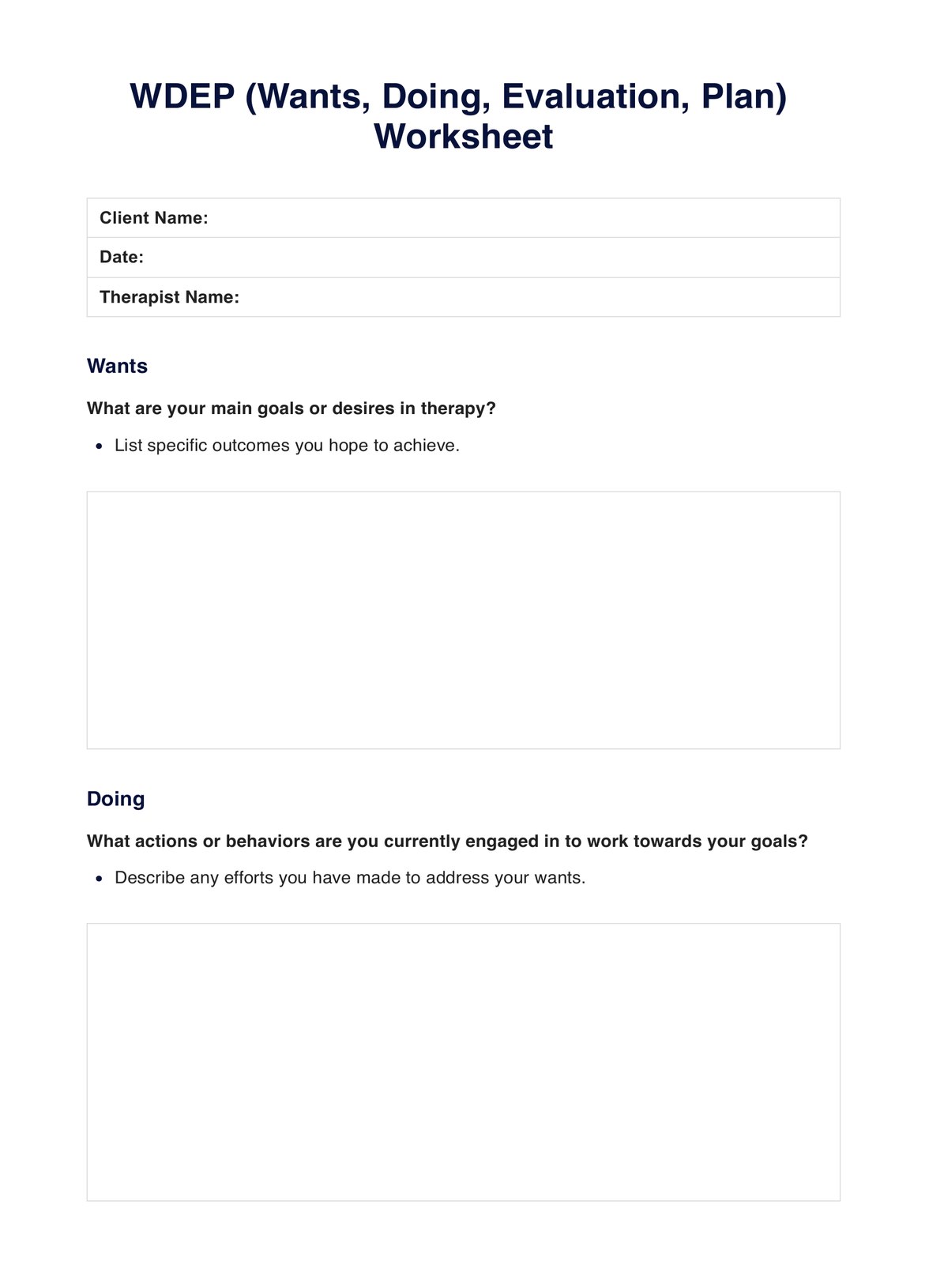


















-template.jpg)



















































































